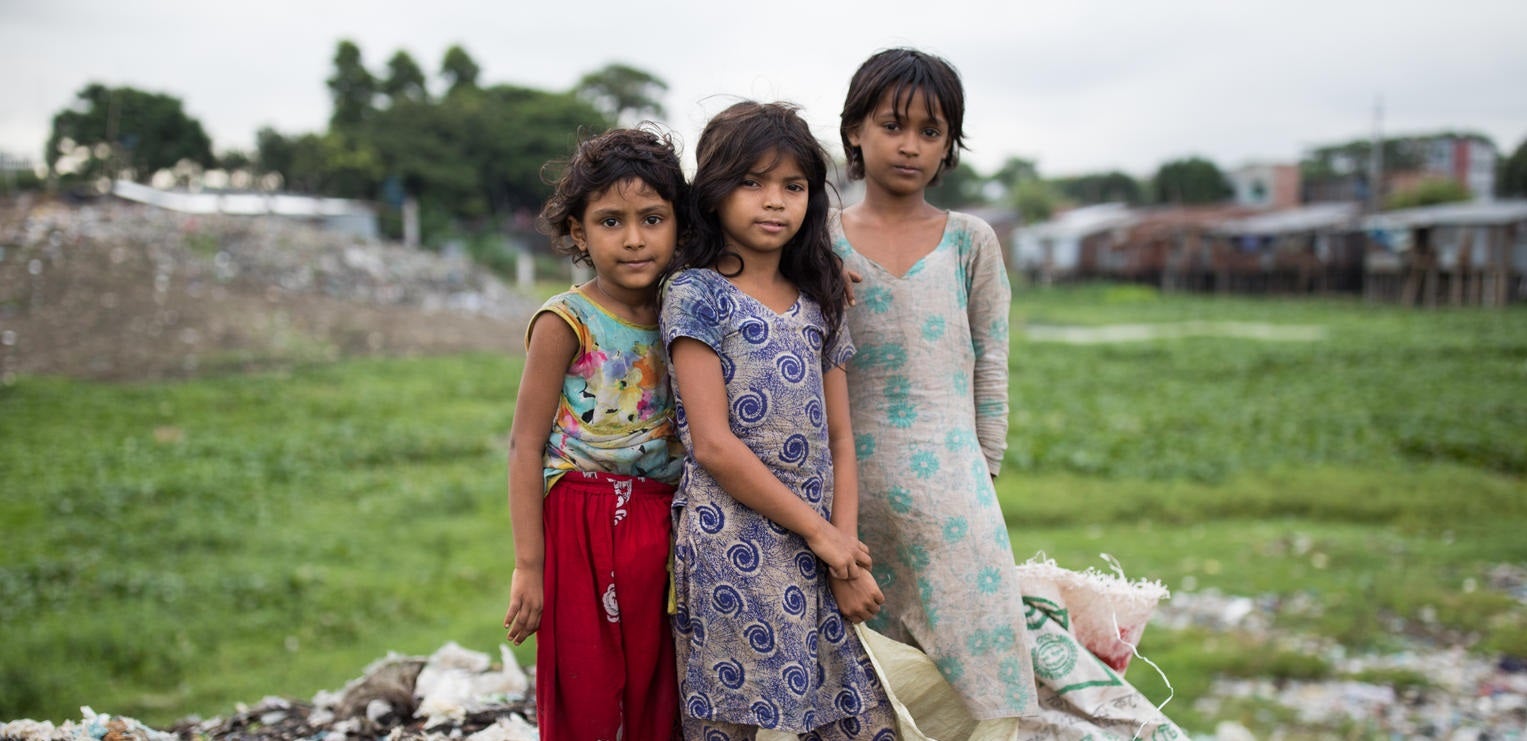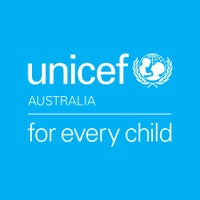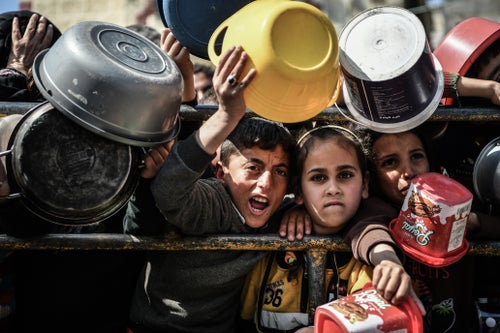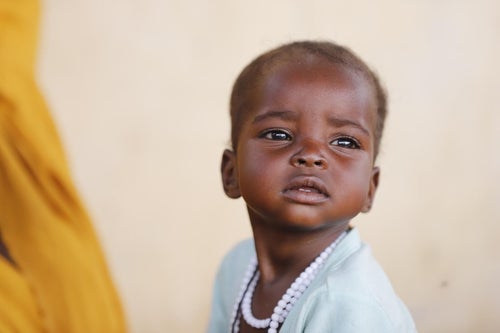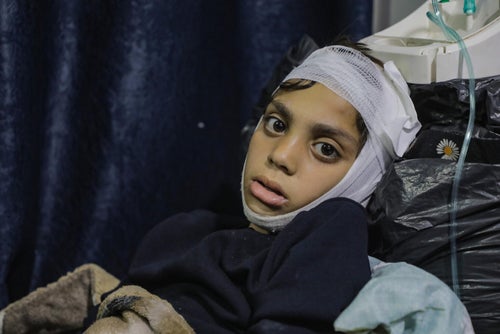Heavy monsoon rains have caused landslides and floods across Bangladesh, southern Nepal and northern India. The unfolding emergency has already killed over 200 people and displaced at least 2 million more.
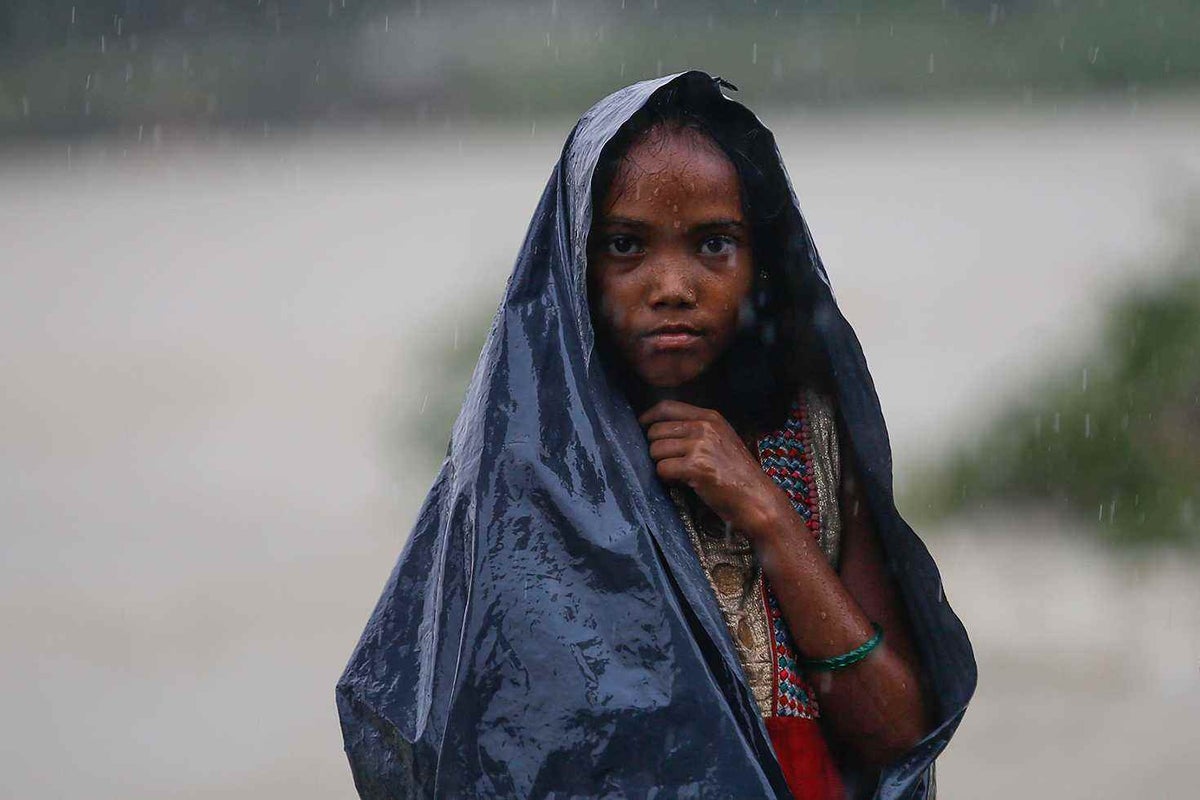
Children across the region have been forced from their homes, exposed to deadly water-borne diseases and unable to go to class. The scale of the crisis is staggering:
- A third of Bangladesh is flooded, affecting up to 3.9 million people. The disaster is expected to spread as rivers carry flood water into the low-lying and densely populated Brahmaputra delta. 322,000 people are in shelters and 1,000 schools are flooded or being used as temporary housing.
- In Nepal’s worst flooding in 15 years, 7,000 houses have been destroyed and 75,000 families affected.
- 11 million people India are affected, with more heavy rain forecast for the coming days.
UNICEF is working with each government to urgently assess humanitarian needs and we're already responding in some areas to help children, who always suffer the most when disaster strikes.
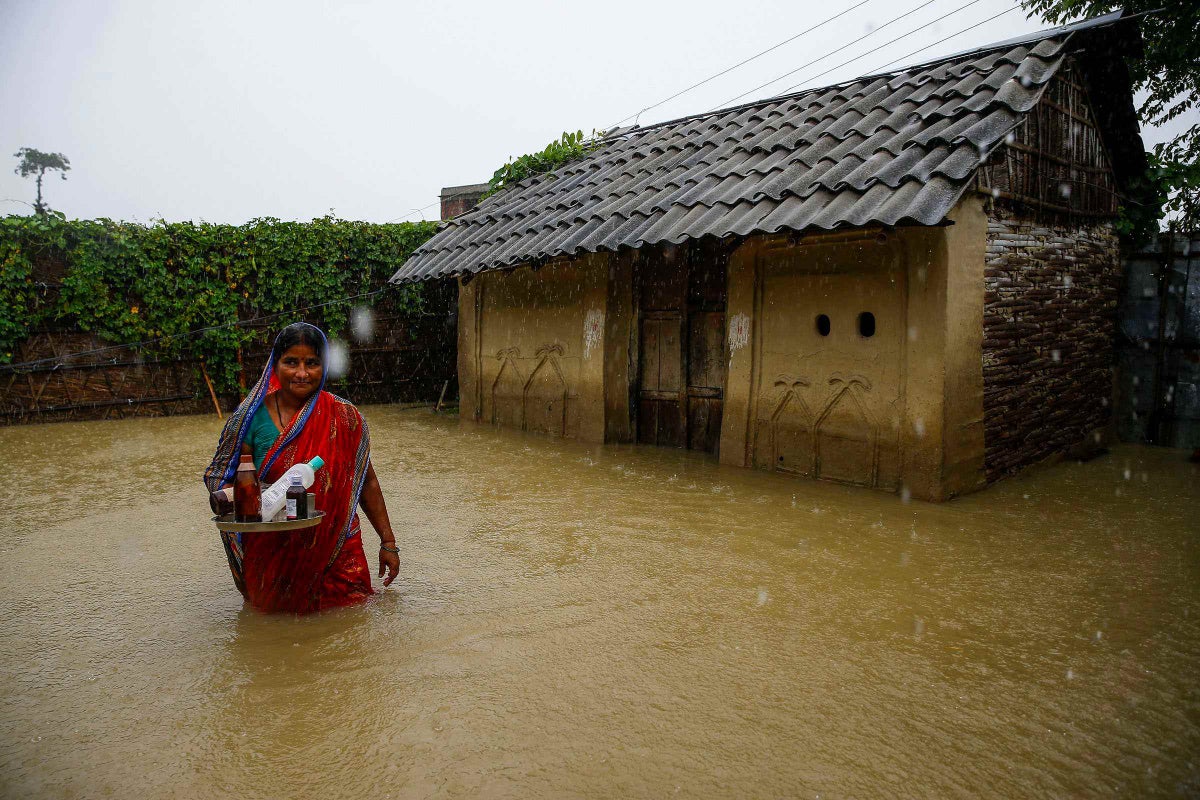
Asha and her newborn survived a night of flooding on their rooftop
When the floodwaters came, Asha’s family rushed to their rooftop for safety. The young mum spent the night there with her 28-day-old daughter, four other children and her in-laws.
As the water receded, they climbed down to see the damage. Three feet of flood water had inundated their kitchen and swept away their food supplies. The danger wasn’t over: there was little left to eat and the thick, dirty sludge left through their house could expose Asha and her family to disease.
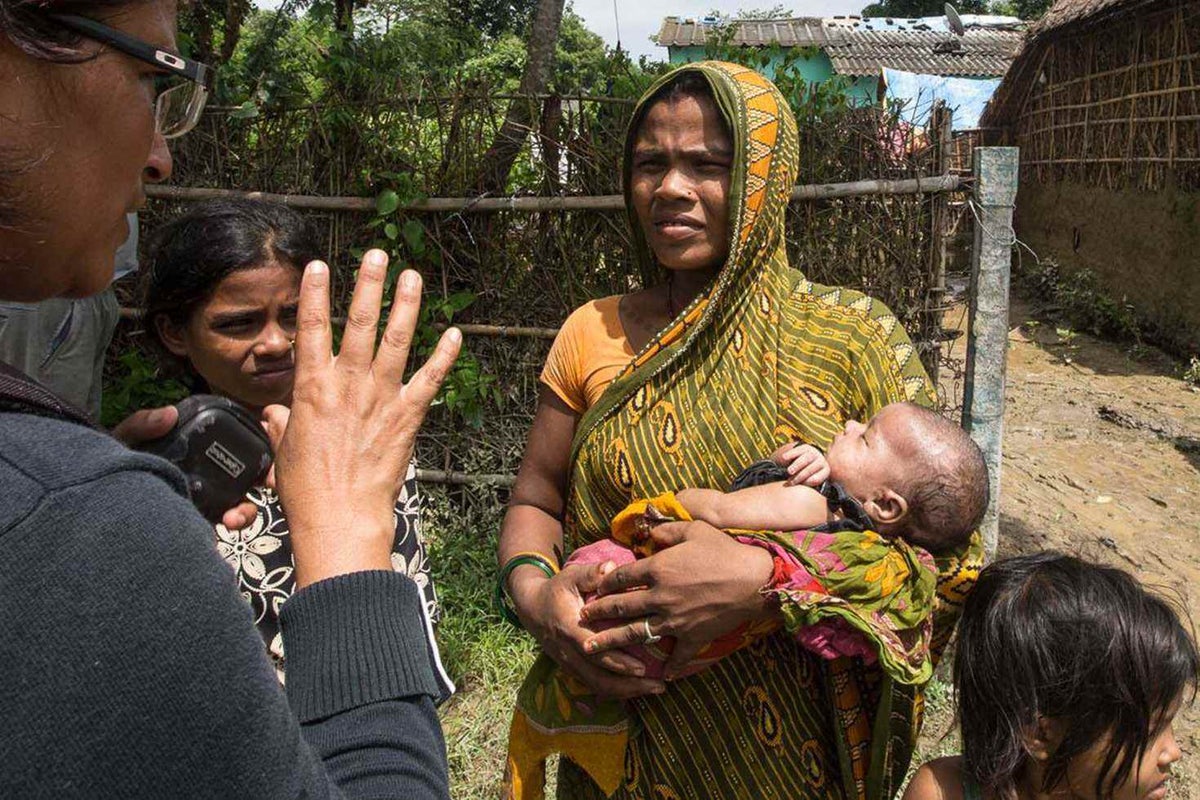
"You have to make sure none of this filth gets to the baby," said Sunita, a water, sanitation and hygiene officer for UNICEF, as she handed out a hygiene kit to Asha. UNICEF distributed more than 600 of these kits packed with two towels, soap, a comb, a nail clipper, sanitary pads, sets of toothbrushes and a toothpaste, and a five-metre rope to use as a clothesline.
"All night I was kept awake by my baby daughter who kept crying for us to go home," says Sunita, another mother from the district. "Now when I bring her home she keeps saying 'water' and urges me to take her away."
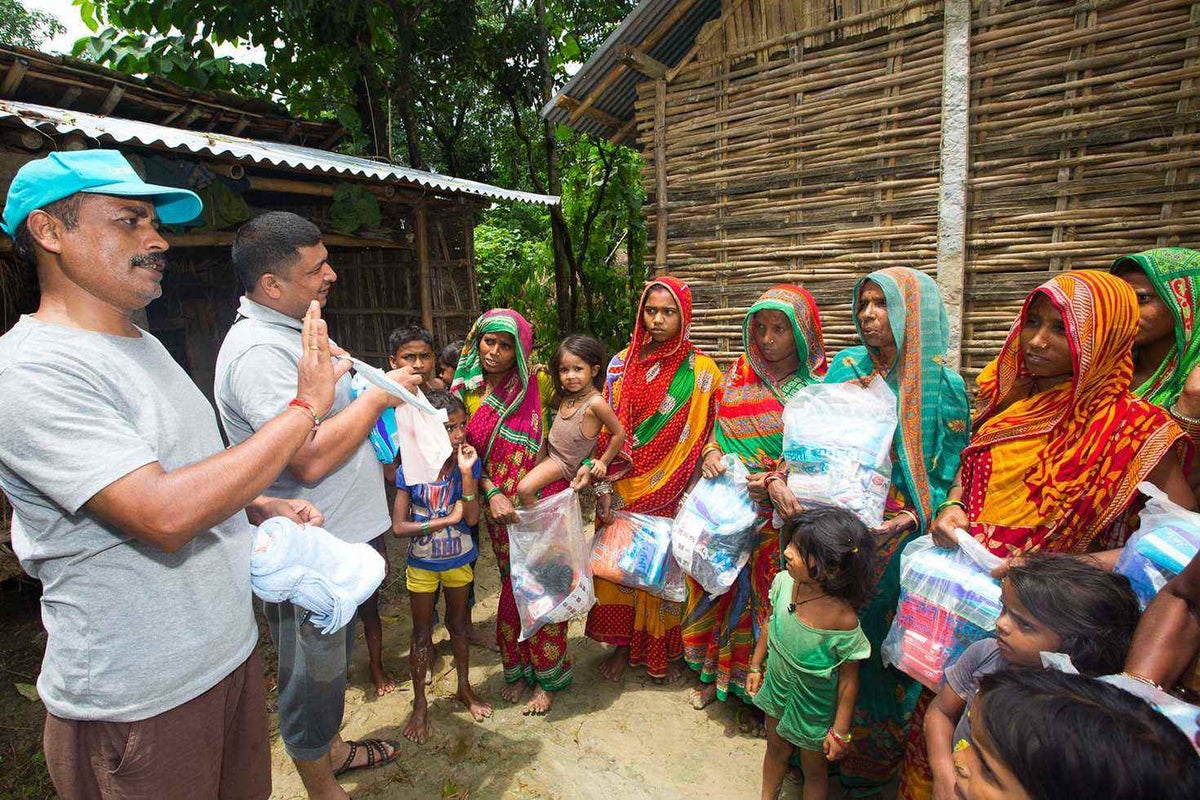
How UNICEF is helping children
UNICEF can lead the response for children when an emergency strikes. We’re there before a disaster, helping communities plan ahead and, with permanent offices in more than 190 countries, we’re prepared for rapid response.
Right now, our teams are protecting children from the floods in South Asia.
- In Bangladesh, we're providing emergency hygiene kits and water purification tablets to keep children safe from deadly but preventable disease.
- In Nepal, we're supplying medical tents and surgical kits to communities in crisis and we're giving families the basic supplies they need to survive, including buckets, mugs, tarpaulins and blankets.
- In India, we're urgently assessing children's needs and ready to support the government with the humanitarian response.
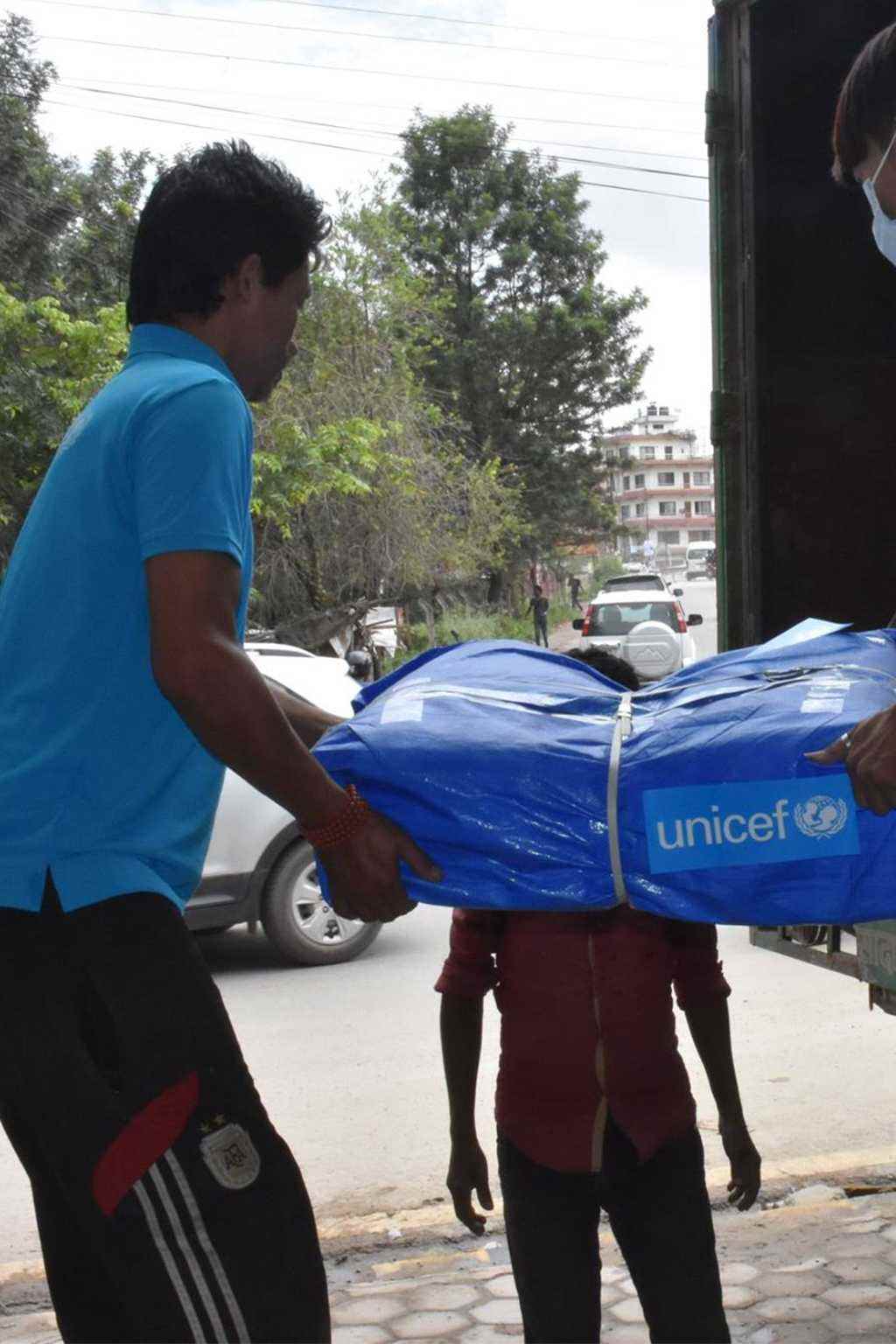
Related articles
Stay up-to-date on UNICEF's work in Australia and around the world


